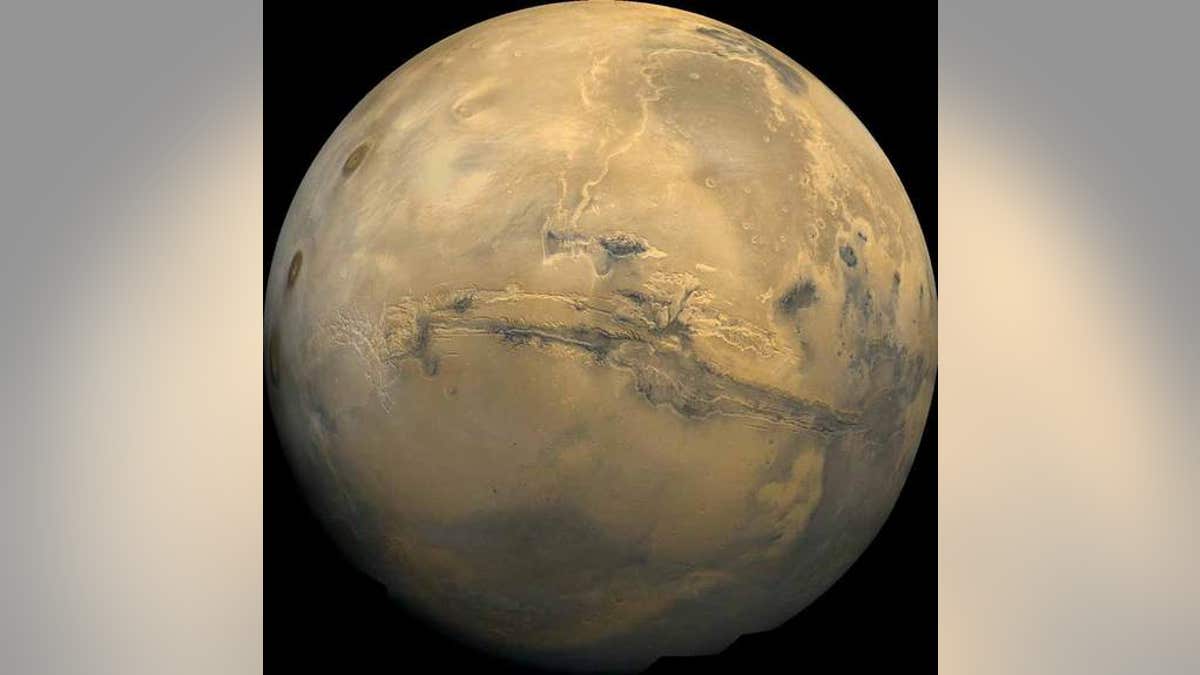
File photo (NASA/USGS)
With all the talk of one day launching a human mission to Mars, it still would take upwards of six months to reach the Red Planet.
But NASA researchers are working on new laser technology that could allow a craft to reach Mars in as little as three days. Known as photonic propulsion, the system would works by using lasers to propel a giant sail. Rather than photons from the Sun’s rays, the system would get a boost from Earth-based lasers, according to ScienceAlert.
Related: The Moon or Mars? NASA must pick 1 goal for astronauts, experts tell Congress
“There are recent advances which take this from science fiction to science reality,” Philip Lubin, of the University of California Santa Barbara, said in a video about his NASA Innovative Advanced Concept (NIAC) for energy propulsion for interstellar exploration.
“There is no known reason why we can’t do this,” he continued. “There is a roadmap which you can look at in our paper to relativistic flight. The system is completely scalable modularly, built to any size you want from a tiny one to a gigantic one.”
In his paper, Lubin acknowledges the technology wouldn’t immediately be used for a Mars mission. Instead, he suggests the system would work on a wafer-thin spacecraft that would be equipped with “integrated optical communications, optical systems and sensors combined with directed energy propulsion.”
“We have to radically rethink our strategy or give up our dreams of reaching the stars, or wait for technology that does not exist,” Lubin wrote in a paper about the technology. “While we all dream of human spaceflight to the stars in a way romanticized in books and movies, it is not within our power to do so, nor it is clear that this is the path we should choose.”
Related: Elon Musk set to unveil Mars spacecraft later this year
Lubin and his team have received a proof of concept grant from NASA to demonstrate the system could work and he is already dreaming of one day sending these probes to the furthest reaches of the solar system.
“We could propel a 100 kilogram robotic craft to Mars in a few days. If you want to push something like shuttle class, it takes you roughly in order of month to get there,” he said. “Within 25 year light of Earth, there are actually quite a few potential exoplanets and habitable things to visit - that may be habitable. We don’t know of course. There are many targets to choose from. The closest is Alpha Centauri, which is about four light years away.”




















